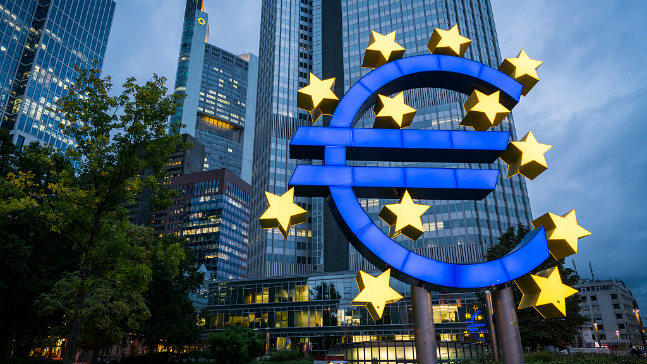Free Courses Sale ends Soon, Get It Now


Free Courses Sale ends Soon, Get It Now



Disclaimer: Copyright infringement not intended.
Context
Eurozone
Here are some key aspects and features of the Eurozone:
|
PRACTICE QUESTION Question: Which of the following statements is correct regarding the Eurozone? a) All European Union (EU) member states are part of the Eurozone. b) The Eurozone has its own separate currency distinct from the euro. c) The European Central Bank (ECB) is responsible for fiscal policies in the Eurozone. d) Member countries of the Eurozone share a common currency, but fiscal policies are managed independently by each nation. Answer: d) Member countries of the Eurozone share a common currency, but fiscal policies are managed independently by each nation. Explanation: The Eurozone consists of European Union member states that have adopted the euro as their official currency. While they share a common currency, fiscal policies (government spending and taxation) are managed independently by each member state. The European Central Bank (ECB) is responsible for the monetary policy of the Eurozone. |
© 2024 iasgyan. All right reserved